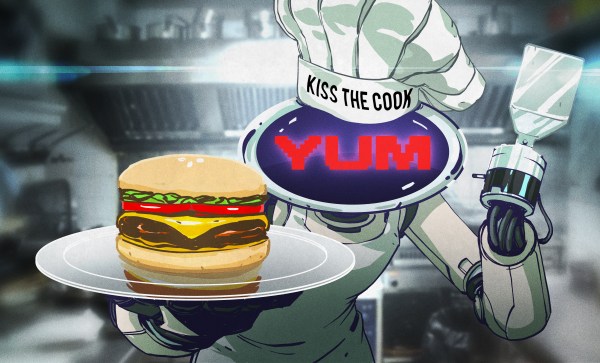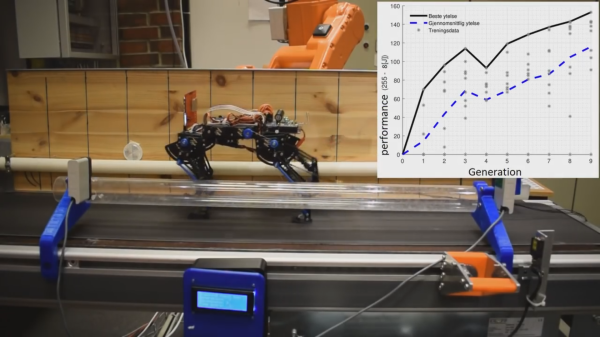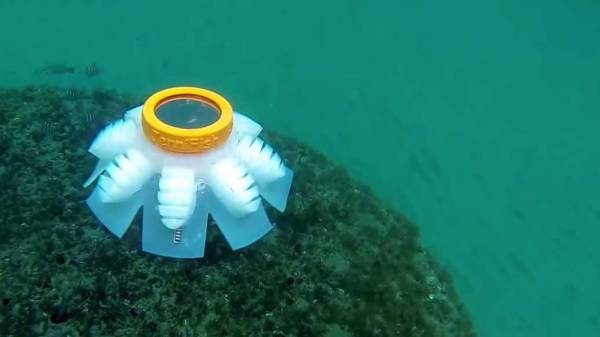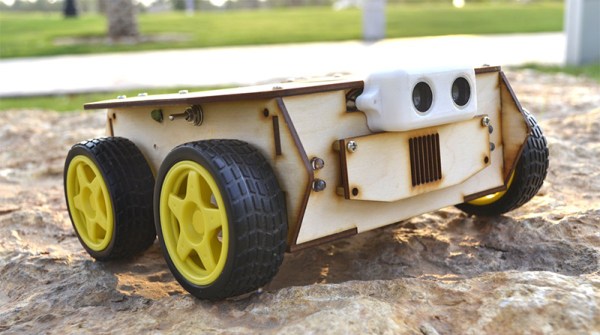The future is upon us and the robots will soon take over. Automated cars will put Uber drivers and cabbies alike out of work. Low-wage workers, like the people working behind the counter at McDonalds, will be replaced by burger-flipping robots. The entire operation of Spacely Space Sprockets, Inc. is run by a single man, pressing a single button, for four hours a day. This cartoon future is so fully automated that most people are unemployed, and all productive work is done by robots.
The first jobs to be replaced will be the first jobs teenagers get. These are low skill jobs, and when you think about low skill jobs (certainly not low-effort jobs, by the way), you think of flipping burgers. That’s where Creator comes in. They’re a culinary robotics company with a restaurant in San Francisco. They’ve been profiled by NPR, by Business Insider, and by CNBC. TechCrunch got a sneak preview proclaiming this as the future of the six dollar burger. It is a marvel of engineering prowess with a business model that I don’t think checks out. This is not the robot that will take your job, and I’m proud to say I ate a robot hamburger before the restaurant went out of business.
Continue reading “I Ate A Robot Hamburger Before The Restaurant Went Out Of Business”



















